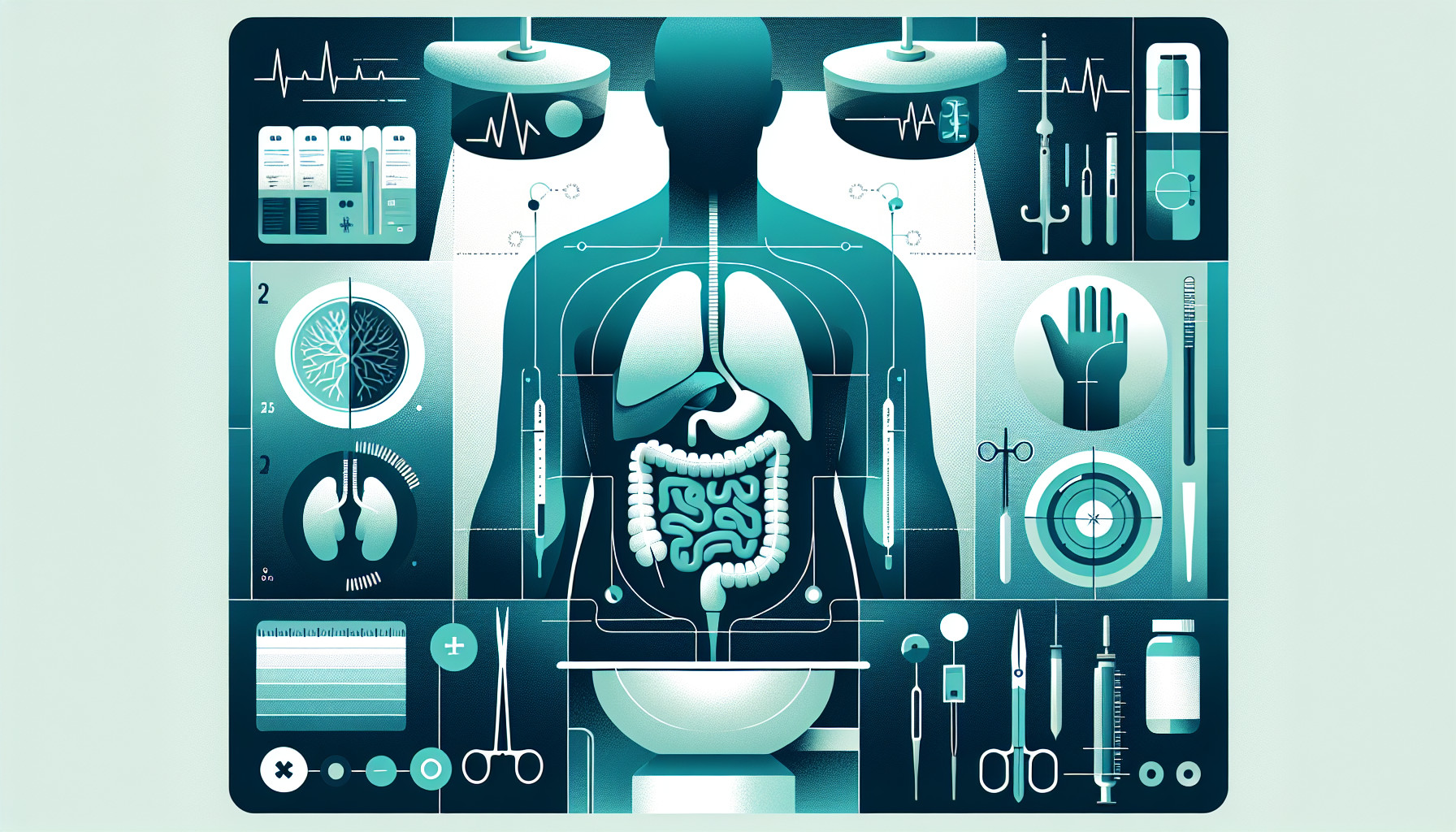Our Summary
The research paper discusses Hirschsprung’s disease, a condition where certain nerve cells are missing in the muscle of the patient’s colon or large intestine, making it difficult to pass stool. In extreme cases, the patient may depend on parenteral nutrition (PN), which is food provided through an IV. The paper explores the potential of using an intestinal transplant as a way to treat severe cases of this disease where the patient is suffering from terminal complications of PN. The research also considers whether to reestablish the natural flow of the intestine, which would mean the patient wouldn’t need a stoma (an artificial opening in the stomach to allow waste to leave the body). The paper suggests that this can be done safely and with good results.
FAQs
- What is Hirschsprung’s disease and how does it affect the intestine?
- How does intestinal transplant help patients with severe Hirschsprung’s disease?
- Can intestinal continuity be reestablished after an intestinal transplant?
Doctor’s Tip
A doctor might tell a patient considering an intestinal transplant to carefully weigh the risks and benefits of the procedure, and to be prepared for a potentially long and challenging recovery process. It is important to follow post-transplant care instructions closely and attend all follow-up appointments to ensure the best possible outcome. Additionally, the patient should be aware of the potential complications and side effects of the transplant, and discuss any concerns or questions with their healthcare team.
Suitable For
Patients with severe intestinal failure or complications related to long-term parenteral nutrition (PN) are typically recommended for intestinal transplant. This includes patients with conditions such as Hirschsprung’s disease, short bowel syndrome, intestinal pseudo-obstruction, and other dysmotility disorders. In extreme cases where there is little remaining ganglionated bowel and the patient is dependent on PN for survival, intestinal transplant may be the only option to improve their quality of life and overall outcome. Intestinal transplant can be a life-saving procedure for these patients and can provide them with the opportunity to live without the need for long-term PN or other invasive treatments.
Timeline
Before intestinal transplant:
- Diagnosis of Hirschsprung’s disease, a dysmotility disease caused by lack of ganglion cells in the bowel wall.
- Varying lengths of the intestine may be affected, leading to complications such as bowel obstruction and chronic constipation.
- In severe cases, the patient may become dependent on parental nutrition (PN) for survival due to lack of functional bowel.
- Ongoing medical management to address complications and maintain nutrition through PN.
After intestinal transplant:
- Evaluation and assessment for eligibility for intestinal transplant, including physical and psychological evaluations.
- Placement on the transplant waiting list and waiting for a suitable donor organ.
- Surgery to remove the diseased intestine and transplant a healthy donor intestine.
- Recovery period in the hospital with close monitoring for complications such as rejection or infection.
- Rehabilitation and adjustment to life with a new intestine, including dietary changes and medication management.
- Follow-up care with transplant team for long-term monitoring and management of any complications or rejection episodes.
What to Ask Your Doctor
What are the potential risks and complications of an intestinal transplant?
How successful is an intestinal transplant in treating Hirschsprung’s disease?
How long is the recovery process after an intestinal transplant surgery?
Will I need to take immunosuppressant medications after the transplant? What are the potential side effects of these medications?
How often will I need follow-up appointments after the transplant surgery?
What lifestyle changes will I need to make after an intestinal transplant?
Are there any dietary restrictions I need to follow after the transplant?
How will the transplant affect my ability to digest and absorb nutrients?
What is the long-term outlook for patients who undergo an intestinal transplant for Hirschsprung’s disease?
Are there any alternative treatments or therapies that I should consider before opting for an intestinal transplant?
Reference
Authors: Bond GJ. Journal: Gastroenterol Clin North Am. 2024 Jun;53(2):289-297. doi: 10.1016/j.gtc.2024.03.002. PMID: 38719379
